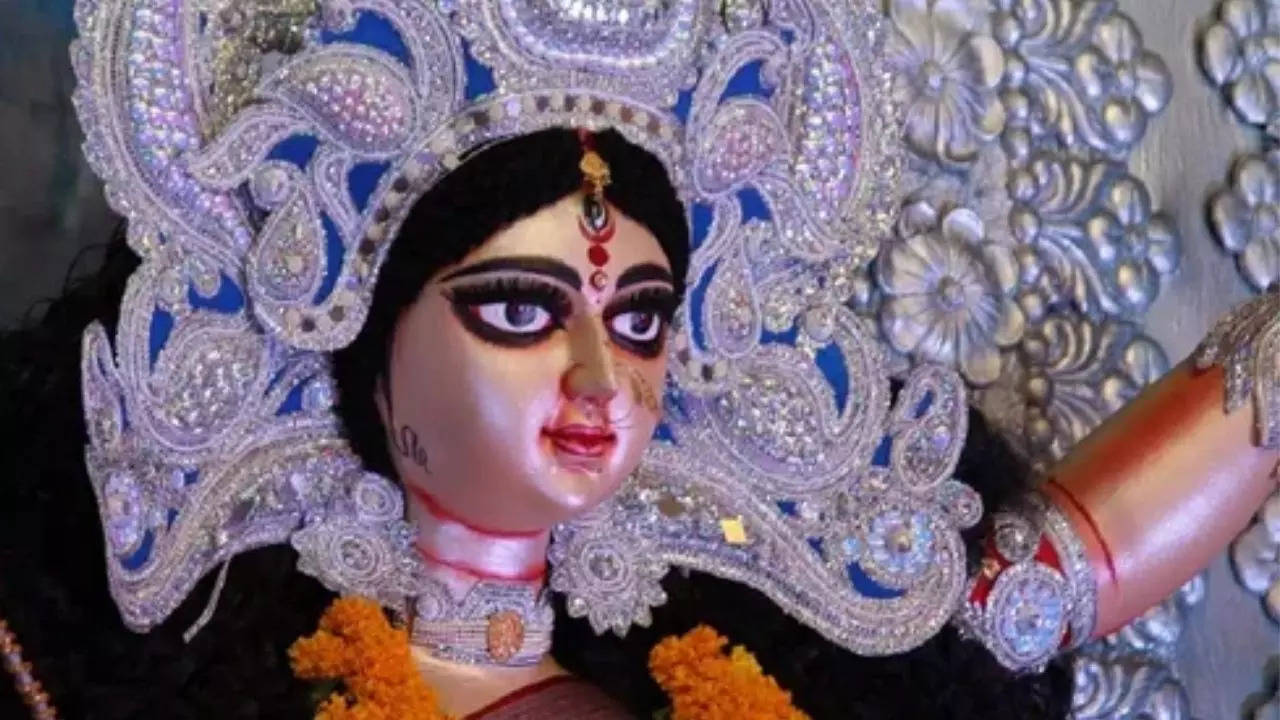Shardiya Navratri Vrat: Foods you avoid while fasting
Shardiya Navratri 2022 Vrat Rules: This year, Shardiya Navratri will commence on September 26. Devotees of Mother Goddess Durga shall observe a fast for nine consecutive days. Therefore, ahead of the auspicious festival, read on to know what food ingredients one must not consume while keeping a vrat.

Navratri fasting know what you must eat and avoid
Ardent devotees of Goddess Durga observe a fast for nine days four times a year. And it is interesting to note that Navratri is celebrated during seasonal transitions. Hence, fasting helps people prepare for the change of seasons by boosting their immune systems.
For the unversed, Navratri celebrated in January/February is called Magha Navratri (winter), followed by Chaitra Navratri (Vasanta/Spring) in March/April, Ashadha (Monsoons) in June/July and Sharad Navratri in Ashwin (Autumn) in September/October. However, out of these, Chaitra and Shardiya are the most popular.
This year, Shardiya Navratri will commence on September 26 and devotees of Goddess Durga shall keep a vrat for nine consecutive days. Nonetheless, one must know what foods to consume and what should be avoided. Therefore, read on to know what food ingredients you must and must not eat during these nine days.
Food ingredients you must avoid while observing the Navratri Vrat
One must strictly avoid the following:
Garlic
Onion
Wheat
Rice
Lentils
Meat
Eggs
Spices - Haldi (Turmeric), Dhania (coriander powder), Hing (asafoetida), Garam Masala (exotic mixed spice powder), Rai/Sarson (mustard), Lavang (clove) etc.
Vratis (people observing the vrat) must consume Sendha Namak or rock salt instead of refined table salt.
Over and above, heat-generating oils such as mustard or sesame oil must be excluded. Instead one may use peanut oil or ghee (clarified butter).
Last but not least, a vrati must keep away from alcohol and tobacco.
Foods you may include in your Navratri diet
Fasting helps remove toxins from the body, therefore special care must be taken while planning the Navratri diet.
Spices such as Jeera (cumin seeds) and Kaali Mirch (black pepper) can be added for flavouring purposes.
Besides these, Vratis can also have the following:
Sabudana (sago)
Makhana (fox nuts)
Singhare ka atta (water chestnut flour)
Kuttu ka atta (buckwheat flour)
Sama (barnyard millet)
Rajgira (amaranth)
Moongphali (peanuts)
Milk
Yoghurt
Fruits
Vegetables - potatoes, raw banana, arbi (colocasia), dry fruits and nuts.
Here's wishing all the devotees of Goddess Durga, Happy Navratri in advance.
Trending:
End of Article
Subscribe to our daily Newsletter!





Related News





Hanuman Janmotsav 2024: Things Women Should Keep in Mind While Worshipping Bajrangbali

Should Lord Hanuman’s Birth Anniversary be Called Janmotsav or Jayanti? Know the Difference Between the Two

Chaurasi Mandir: The Temple Where the Court of Yamraj is Held to Determine a Person’s Future Path

Puja Path Niyam: Does the Extinguishing of the Lamp During Worship a Good or Bad Omen

Know the Interesting Story About Why Mother Sati's Father Detested Mahadev, the God of Gods?








